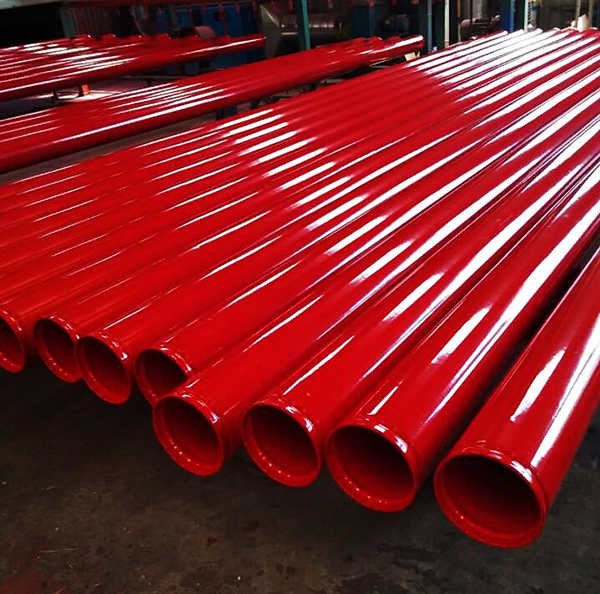Determining the Optimal Depth of Fire Fighting Pipes
The depth of fire fighting pipe can vary depending on various factors such as local regulations, building codes, and the specific requirements of the firefighting system. It is best to consult with a qualified fire protection engineer or local authorities to determine the appropriate depth for fire fighting pipes in your specific location and application.
When it comes to fire safety, having a well-designed and properly installed fire fighting system is crucial. One important aspect to consider is the depth at which fire fighting pipes should be placed. The depth of these pipes plays a vital role in ensuring efficient water supply during emergencies. In this blog post, we will explore the factors that influence the depth of fire fighting pipes and provide guidance on determining the optimal depth.
Factors to Consider:
- Water Source: The depth of fire fighting pipes depends on the location and accessibility of the water source. If the water supply comes from an underground reservoir or a lake, the pipes may need to be deeper to reach the water source effectively.
- Frost Line: In areas with cold climates, consideration must be given to the frost line—the depth below the ground where the soil freezes. Fire fighting pipes should be installed below the frost line to prevent freezing and ensure uninterrupted water flow.
- Soil Conditions: Different soil types have varying characteristics that can affect pipe depth. For instance, sandy soils may require deeper pipe placement to prevent shifting or erosion, while clayey soils may offer more stability and require shallower depths.
- Building Height and Sprinkler System: The height of the building and the type of sprinkler system installed are crucial factors. Higher buildings typically require higher water pressure, which can be achieved by placing the fire fighting pipes at greater depths.
Determining the Optimal depth of fire fighting pipe: To determine the optimal depth for fire fighting pipes, it is essential to consult local building codes, fire safety regulations, and the expertise of professionals, such as fire protection engineers. These experts can conduct a site evaluation considering the factors mentioned above and provide recommendations specific to your location and requirements.

Conclusion: The depth of fire fighting pipes is a critical consideration in designing an effective fire safety system. Factors such as water source, frost line, soil conditions, and building height influence the optimal depth. By consulting professionals and adhering to relevant regulations, you can ensure that your fire fighting pipes are installed at the appropriate depth, enabling reliable water supply during emergencies and enhancing overall fire safety.
We supply various kinds of steel pipes including carbon steel, alloy and stainless pipes. We offer pipe ranging in diameter from 1/4” to 48”, in numerous wall thickness, and with various finishes as well as different steel specifications such as API,ASTM,ASME,JIS and EN with among others. With our stock capacity and good ties with major steel mills in china, you can believe that we have the steel pipe and other steel products that you need – when and where you need them! We can assure you a very fast delivery in about ONE WEEK and free from worries.
Get a quote Or price, Contact us or Email.
Whatsapp/Phone/Wechat: 0086 13953344264 Email: info@azure-b.com

